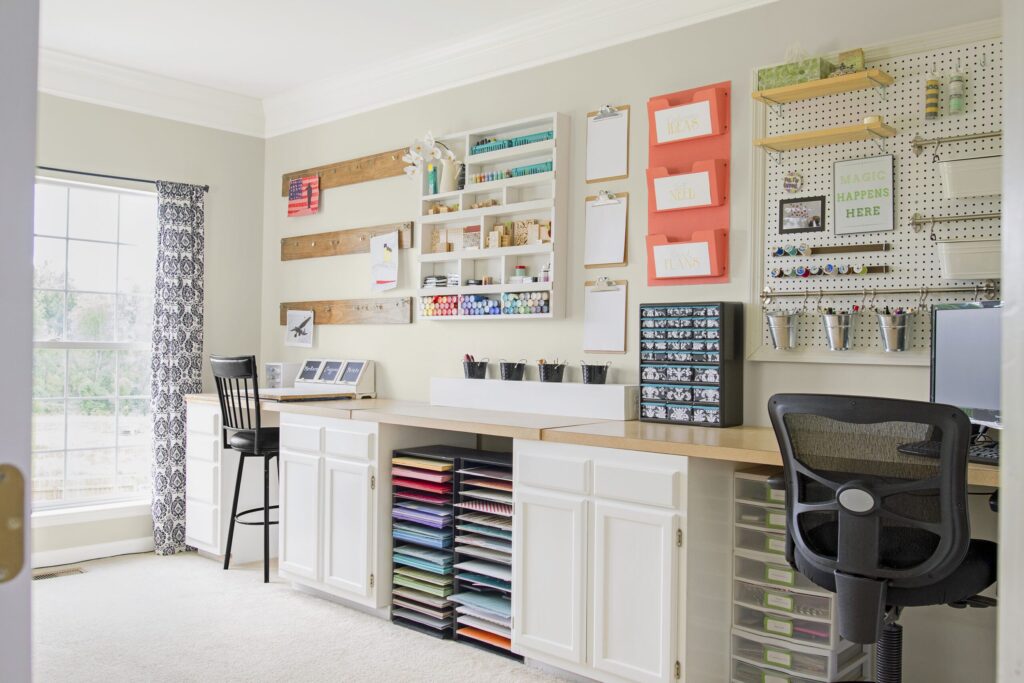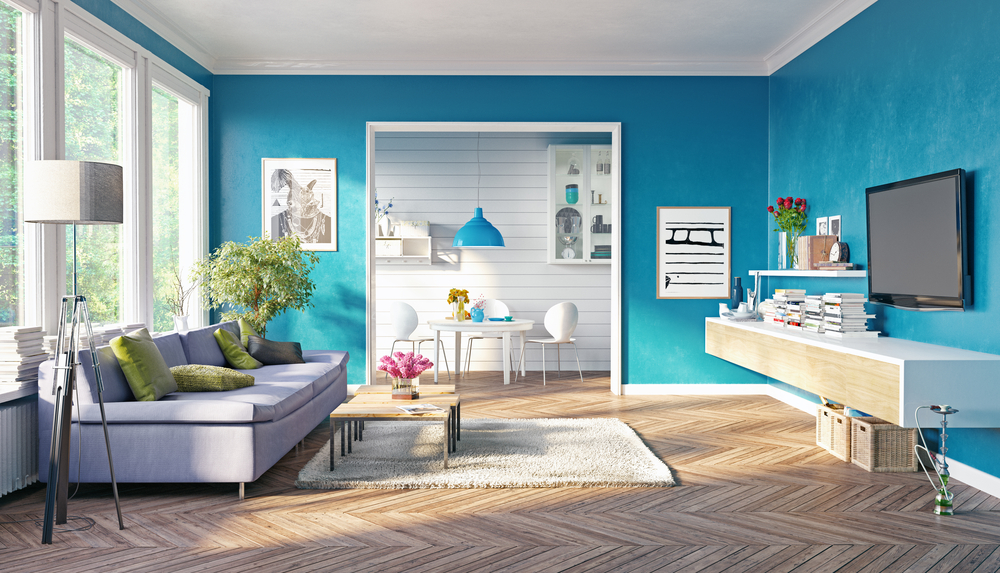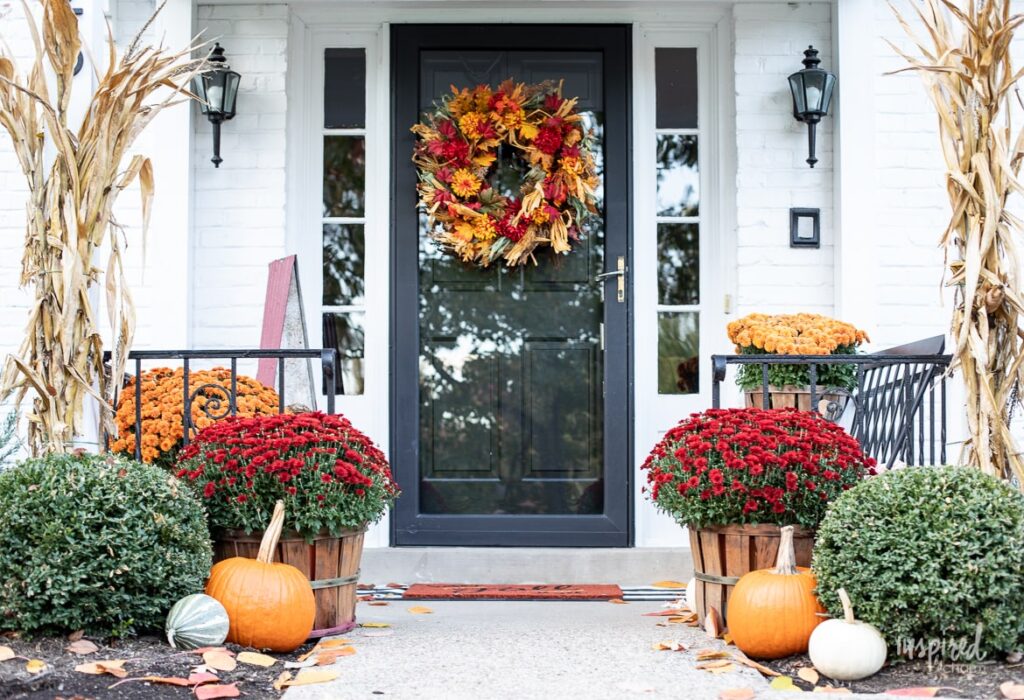What is a Vertical Garden Wall?
A vertical garden wall, also known as a living wall or green wall, is a structure that supports and displays plants growing vertically on a wall or other vertical surface. These systems offer a unique way to incorporate nature into both indoor and outdoor spaces, transforming barren walls into vibrant, living art. From small apartment balconies to expansive commercial buildings, vertical gardens offer a multitude of benefits, enhancing aesthetics, improving air quality, and even contributing to energy efficiency.

Benefits of Installing a Vertical Garden Wall
The advantages of installing a vertical garden wall extend beyond mere aesthetics. Consider these compelling reasons:
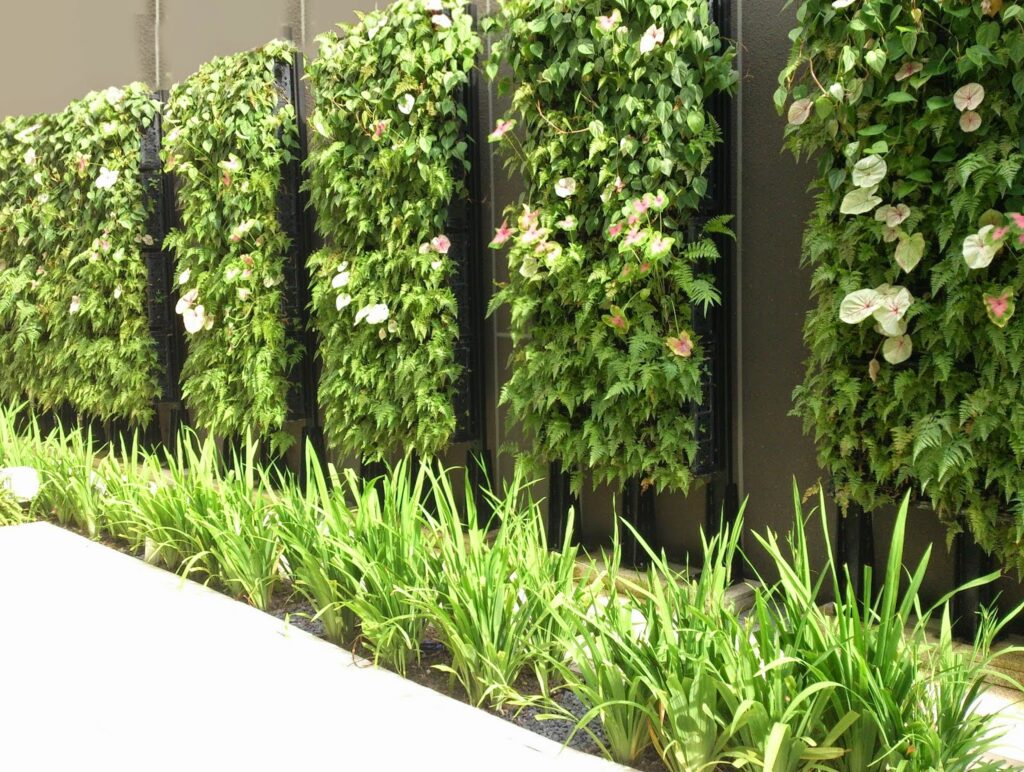
- Enhanced Aesthetics: Vertical gardens dramatically improve the visual appeal of any space, adding a touch of natural beauty and tranquility.
- Improved Air Quality: Plants naturally filter the air, removing pollutants and releasing oxygen. This is particularly beneficial in urban environments or indoor spaces with poor ventilation.
- Reduced Noise Pollution: Green walls can act as natural sound barriers, absorbing and dampening noise levels.
- Temperature Regulation: Plants help regulate temperature by providing shade in summer and insulation in winter, contributing to energy savings.
- Increased Property Value: Adding a vertical garden can significantly enhance the value of a property, making it more attractive to potential buyers or renters.
- Biodiversity Support: Vertical gardens provide habitats for insects and birds, promoting biodiversity in urban areas.
- Reduced Stormwater Runoff: The plants in a vertical garden absorb water, reducing the amount of runoff that enters the drainage system.
Types of Vertical Garden Walls
There are several types of vertical garden wall systems available, each with its own advantages and disadvantages:
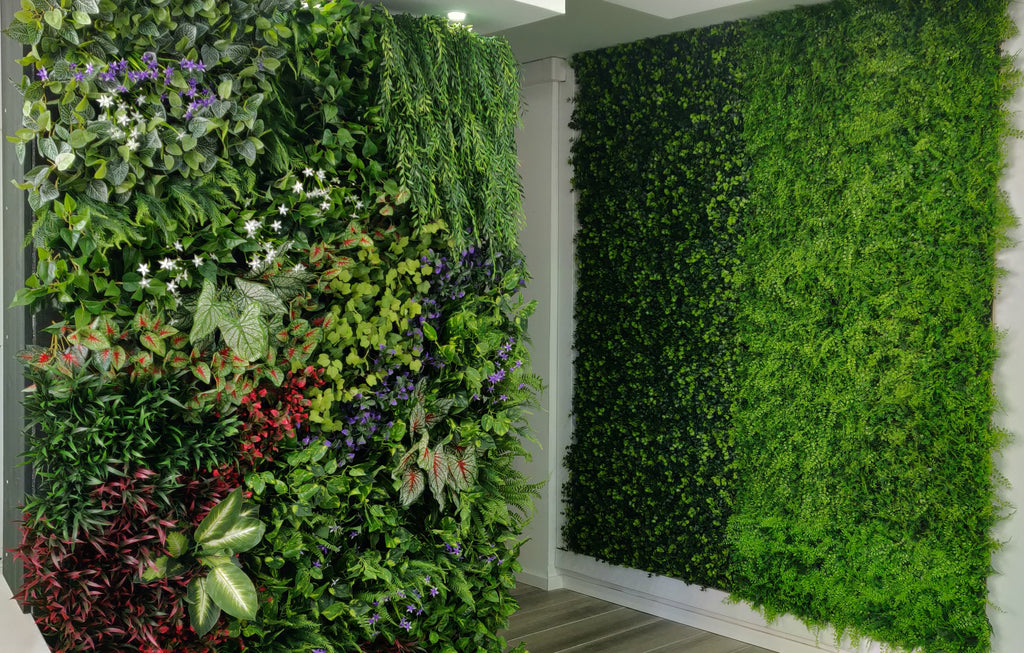
1. Modular Systems:
Modular systems use pre-fabricated panels or modules that are easily assembled and installed. They are ideal for DIY projects and offer flexibility in design and plant selection. These often utilize felt pockets or other containers to hold the plants.
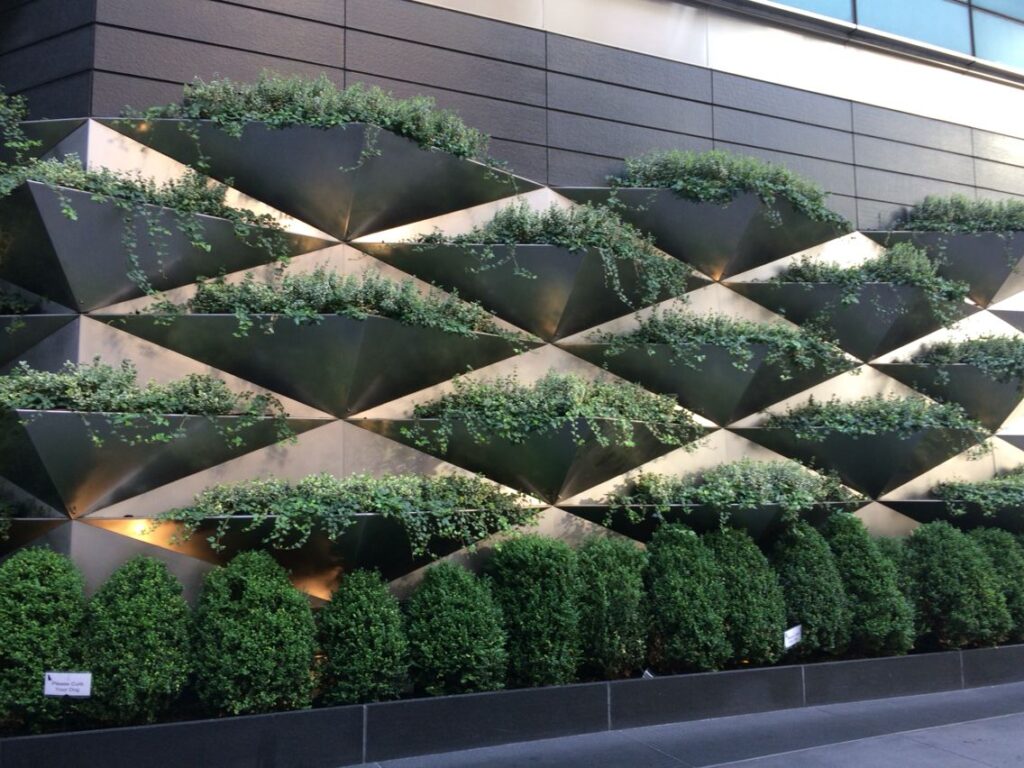
2. Frame Systems:
Frame systems involve creating a supporting structure, usually made of wood or metal, and then filling it with soil or a growing medium. This offers more control over the growing environment but can be more labor-intensive to build and maintain.
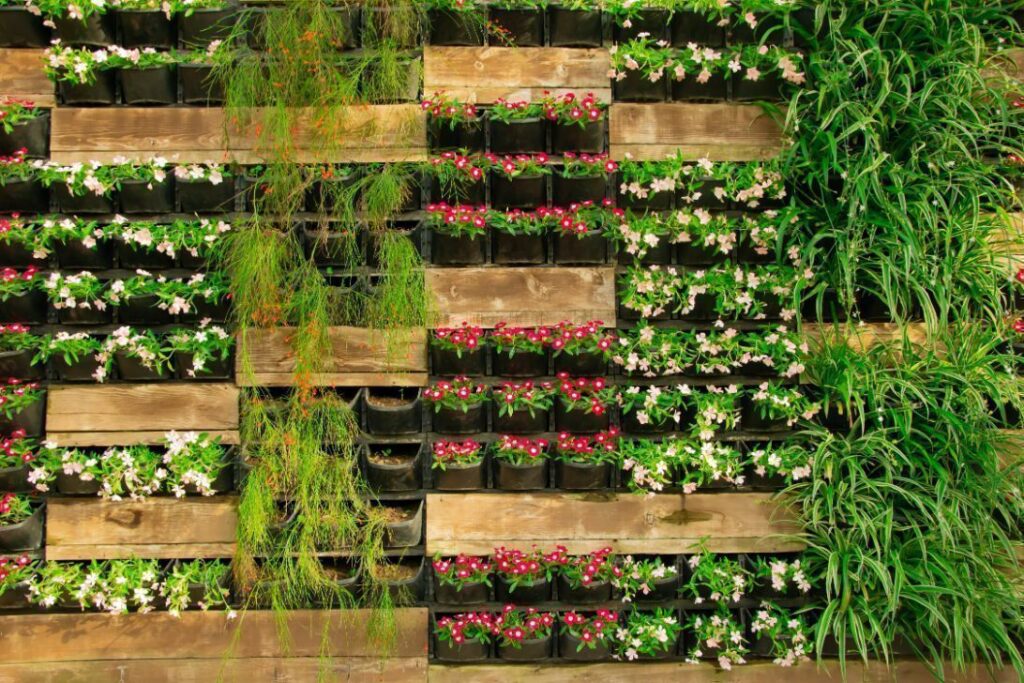
3. Hydroponic Systems:
Hydroponic systems use a soilless growing medium, such as coco coir or perlite, and a nutrient solution to nourish the plants. These systems are efficient in terms of water usage and can support a wide variety of plants.
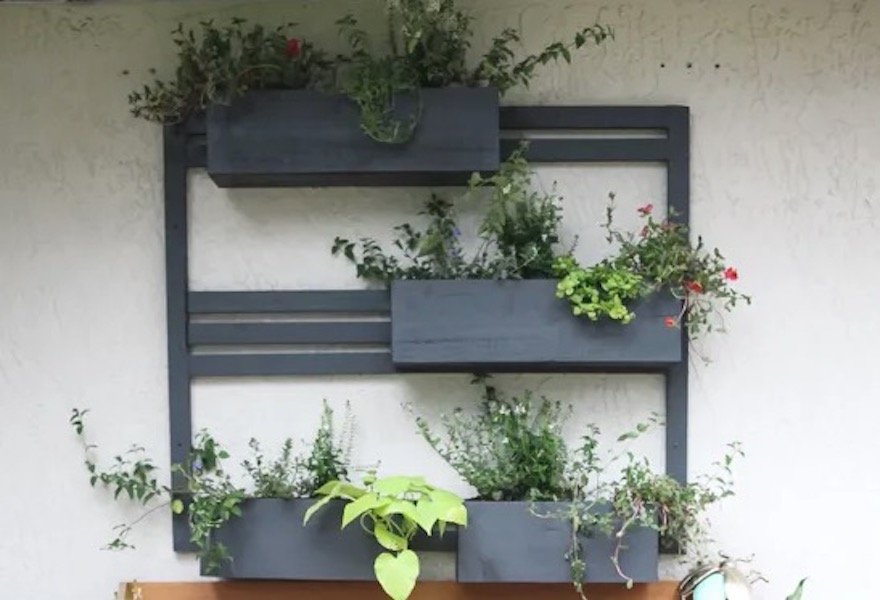
4. Soil-Based Systems:
Soil-based systems are the most traditional approach, utilizing soil as the growing medium. These systems require more maintenance and can be heavier than other types.
Designing Your Vertical Garden Wall
Designing a successful vertical garden wall involves careful consideration of several factors:
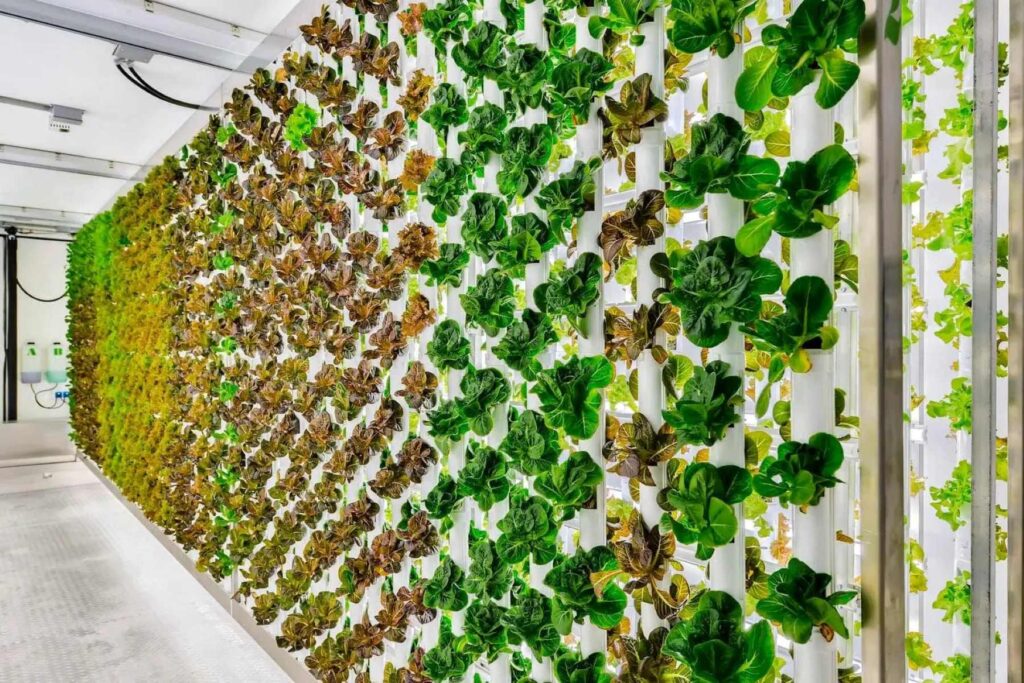
1. Location:
Choose a location that receives adequate sunlight and is protected from harsh weather conditions. Consider the aspect of the wall and the prevailing winds.
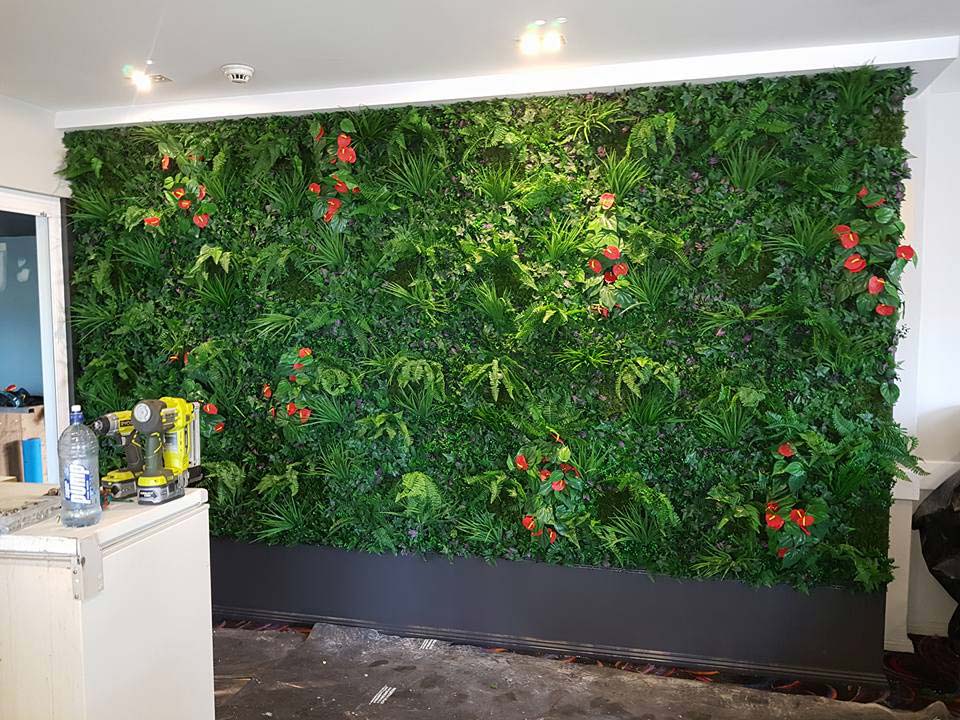
2. Plant Selection:
Select plants that are appropriate for the location’s climate, sunlight exposure, and the chosen growing system. Consider a variety of plants to create visual interest and texture.
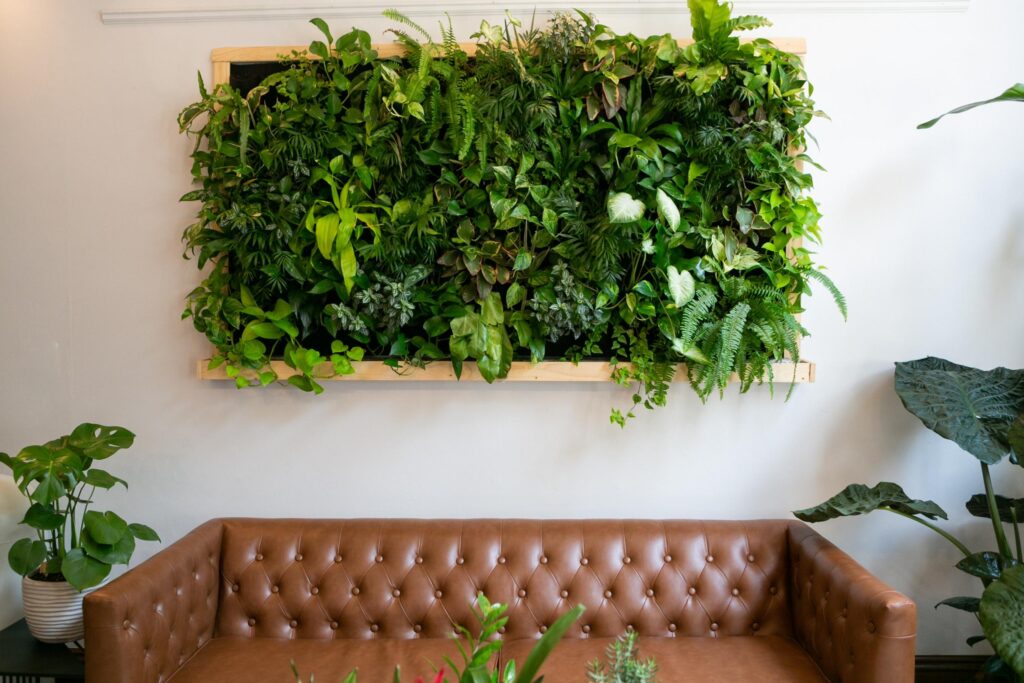
3. Watering System:
A reliable watering system is essential for maintaining a healthy vertical garden. Consider drip irrigation, automated watering systems, or manual watering techniques.
4. Structure and Materials:
Choose durable and weather-resistant materials for the supporting structure. The structure must be able to support the weight of the plants, soil, and water.
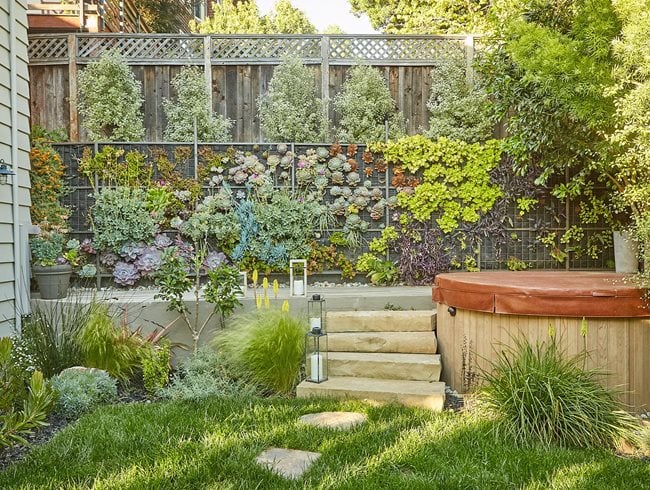
5. Maintenance:
Plan for regular maintenance tasks such as watering, fertilizing, pruning, and pest control.
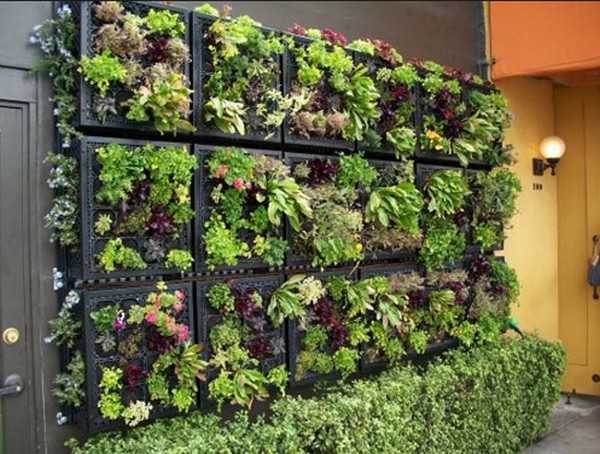
Installing a Vertical Garden Wall
The installation process varies depending on the chosen system. Always follow the manufacturer’s instructions carefully. Generally, installation involves preparing the wall surface, assembling the supporting structure, installing the growing medium, and planting the selected plants.
Maintaining Your Vertical Garden Wall
Regular maintenance is key to a thriving vertical garden. This includes:
- Watering: Monitor soil moisture levels regularly and water as needed. Overwatering or underwatering can both damage plants.
- Fertilizing: Use a balanced fertilizer to provide the plants with essential nutrients.
- Pruning: Regularly prune plants to maintain their shape and size, preventing overcrowding.
- Pest and Disease Control: Inspect plants regularly for pests and diseases and take appropriate action to control them.
- Cleaning: Clean the wall and surrounding area regularly to remove debris and prevent the buildup of dirt and grime.
Troubleshooting Common Problems
Despite careful planning and installation, problems can arise. Common issues include:
- Wilting Plants: This can be caused by underwatering, overwatering, insufficient sunlight, or nutrient deficiencies.
- Pest Infestations: Regularly inspect plants for pests and use appropriate control measures.
- Disease: Address disease issues promptly to prevent them from spreading.
Conclusion
Vertical garden walls offer a stunning and functional way to enhance any space. By carefully considering the design, installation, and maintenance aspects, you can create a beautiful and thriving living wall that provides numerous benefits for years to come. Remember to choose a system that suits your needs, budget, and level of expertise.


